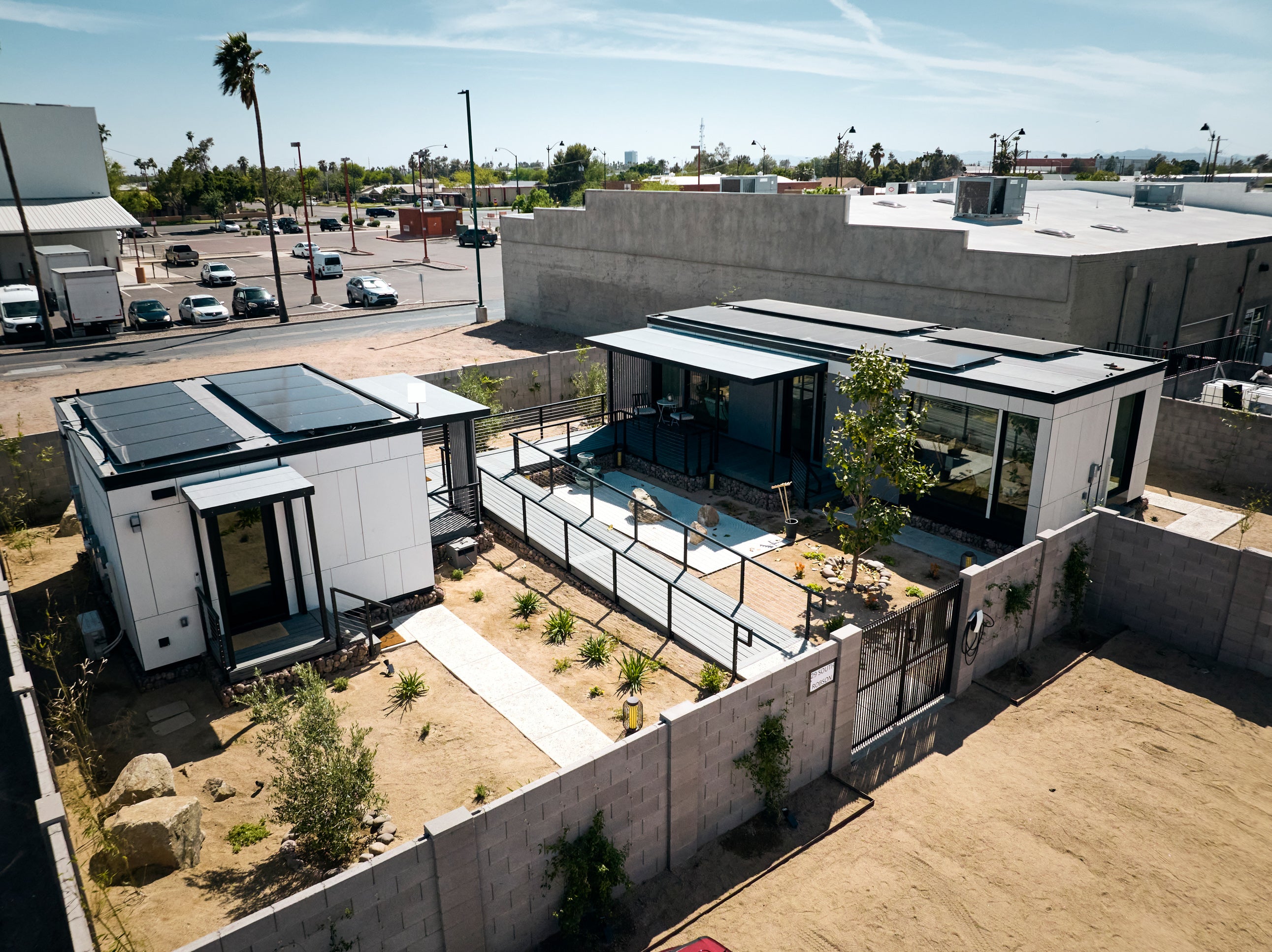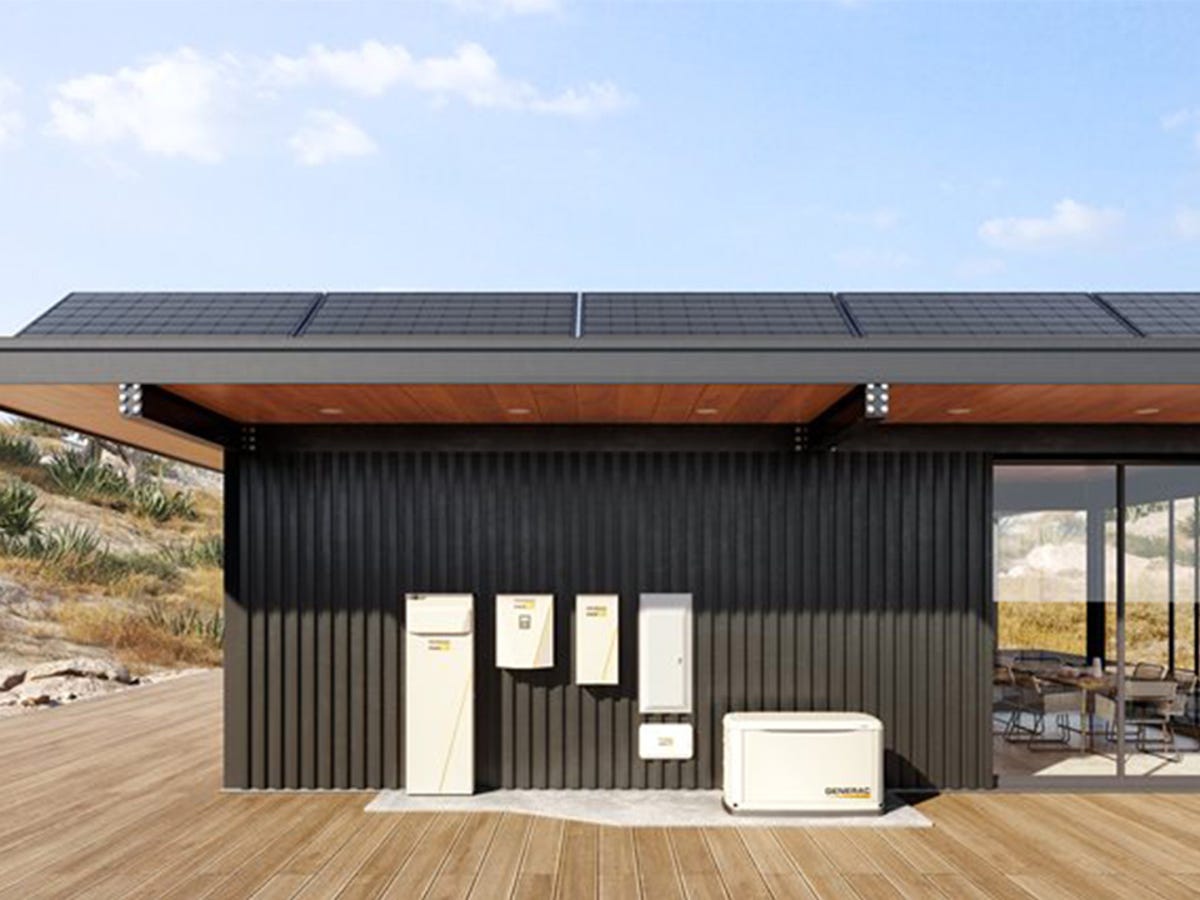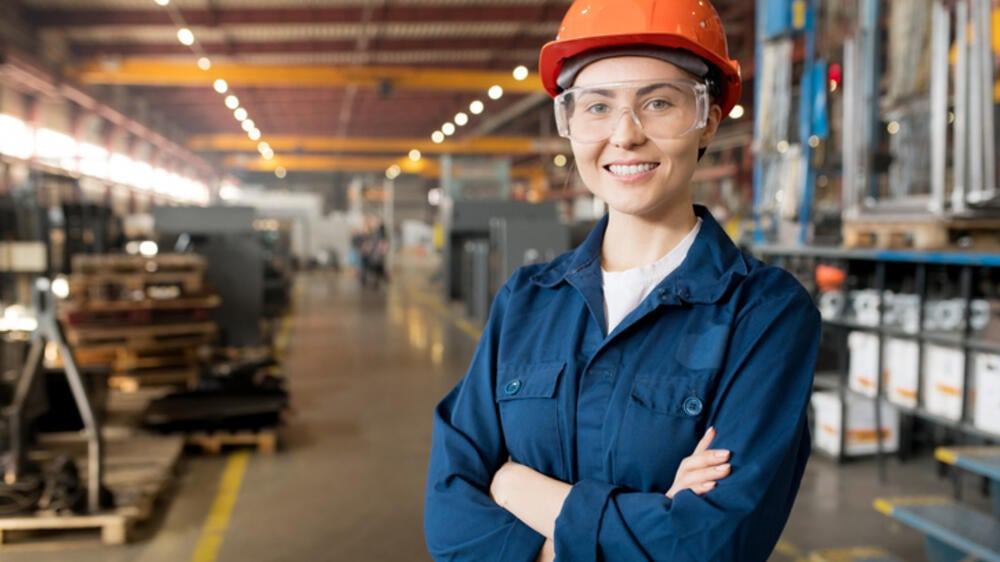In the quest for sustainable and eco-friendly housing solutions, solar power has emerged as a shining star. This renewable energy source taps into the boundless energy of the sun to generate electricity or heat for various applications. Its clean, abundant, and renewable nature has made it an increasingly popular choice.

.
Our industry needs to do more to show developers and builders how solar power can be seamlessly integrated into homes built in modular factories, redefining the way we think about sustainable living.
The Science Behind Solar Panels
Before the manufactured and modular home industries jump into making solar power a standard feature, it’s essential to understand how solar panels work. Solar panels, often composed of photovoltaic (PV) cells, are the primary means of converting sunlight into electricity. These cells are made of semiconductors, typically silicon, which have the remarkable ability to convert sunlight into electrical current.
/cdn.vox-cdn.com/uploads/chorus_image/image/54935197/20170828_libby_final_3.1495663320.jpg)
.
When sunlight hits these PV cells, it excites electrons in the semiconductor material, causing them to move and create an electric current. This direct current (DC) is then sent to an inverter, which transforms it into alternating current (AC), the type of electricity used in homes. The AC electricity is then ready for immediate use or storage.
Seamless Integration in Modular Home Factories
After learning the science behind solar panels, let’s shift our focus to how this sustainable energy solution can be seamlessly integrated into modular homes during the manufacturing process.
Design Integration: At the heart of incorporating solar power into modular homes is meticulous design planning. Solar power must be an integral part of the home’s architectural blueprint. This involves careful consideration of the placement and orientation of solar panels to maximize exposure to sunlight. The goal is to seamlessly blend the solar design with the home’s overall aesthetics.

.
Solar Panel Installation: Skilled technicians within the modular home factory take charge of installing solar panels. These panels, usually composed of PV cells, can be seamlessly integrated into the roof structure or mounted on specially designed racks. This ensures that the solar power system is an intrinsic part of the home’s construction.
Wiring and Electrical Integration: During the factory construction process, the electrical wiring and components necessary for connecting the solar panels to the home’s electrical system are integrated. This includes inverters responsible for converting DC electricity generated by the panels into AC electricity, suitable for household use.
Battery Storage (Optional): For homeowners seeking energy independence and reliability, modular homes can be equipped with battery storage systems. These batteries, often lithium-ion, store excess energy generated during sunny periods for use during cloudy days or at night.
Monitoring and Control Systems: Smart monitoring and control systems are added to the modular home’s design. These systems empower homeowners to track energy production and consumption, helping them optimize energy usage and make informed decisions about their consumption patterns.
Grid Connection: Depending on local regulations and preferences, modular homes can be connected to the electrical grid. This setup allows excess energy generated by the solar panels to be fed back into the grid, potentially earning credits or reducing utility bills through a process known as net metering.
Quality Assurance and Testing: Rigorous quality assurance and testing procedures are conducted on the integrated solar power system before shipping. These tests ensure that all components are functioning correctly and safely, guaranteeing a reliable and efficient system.
Transportation and On-Site Installation: Modular homes are constructed in factory settings and then transported to their final locations. During transportation, utmost care is taken to protect the solar panels and associated components to prevent any damage. Once the modular home arrives at its destination, a qualified technician can perform the on-site installation, ensuring the solar power system is seamlessly connected to the local electrical grid and functioning optimally.

.
Education and Maintenance: It’s essential that homeowners are educated on how to maintain and monitor their solar power systems. Routine maintenance, including cleaning the solar panels and checking for issues, ensures maximum system efficiency and lifespan.
Incorporating solar power into modular homes in a modular factory offers a multitude of benefits, including consistent quality, cost-effectiveness, and streamlined installation. It aligns perfectly with the growing trend of sustainable and energy-efficient housing solutions.
As the demand for renewable energy sources continues to rise, integrating solar power into modular homes emerges as an increasingly attractive and environmentally responsible choice for homeowners, paving the way for a brighter, greener future.



